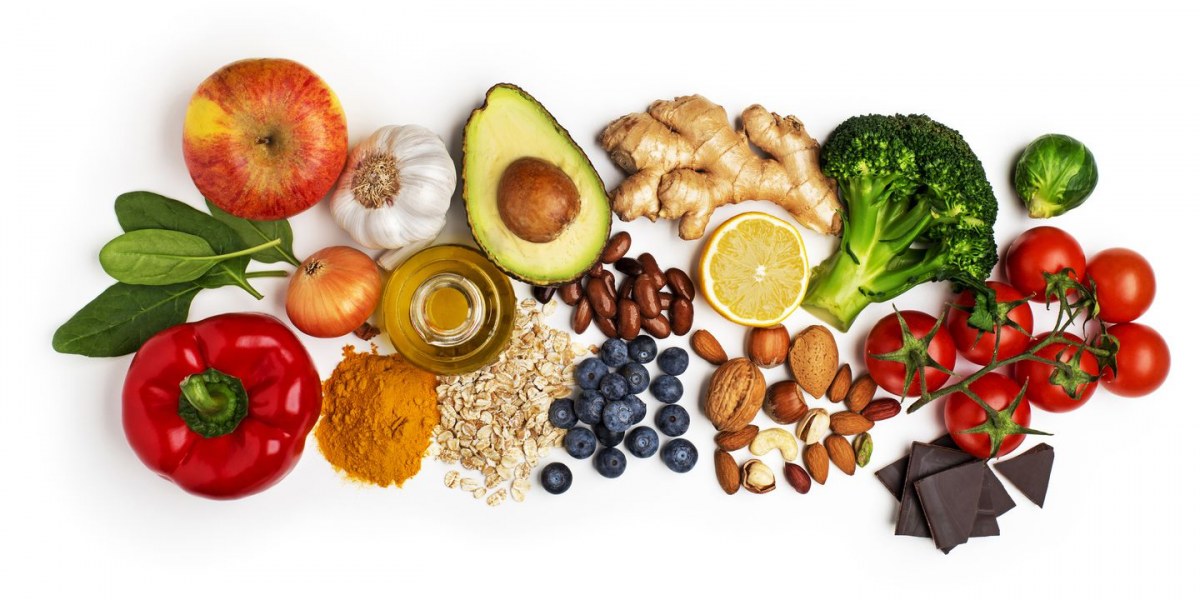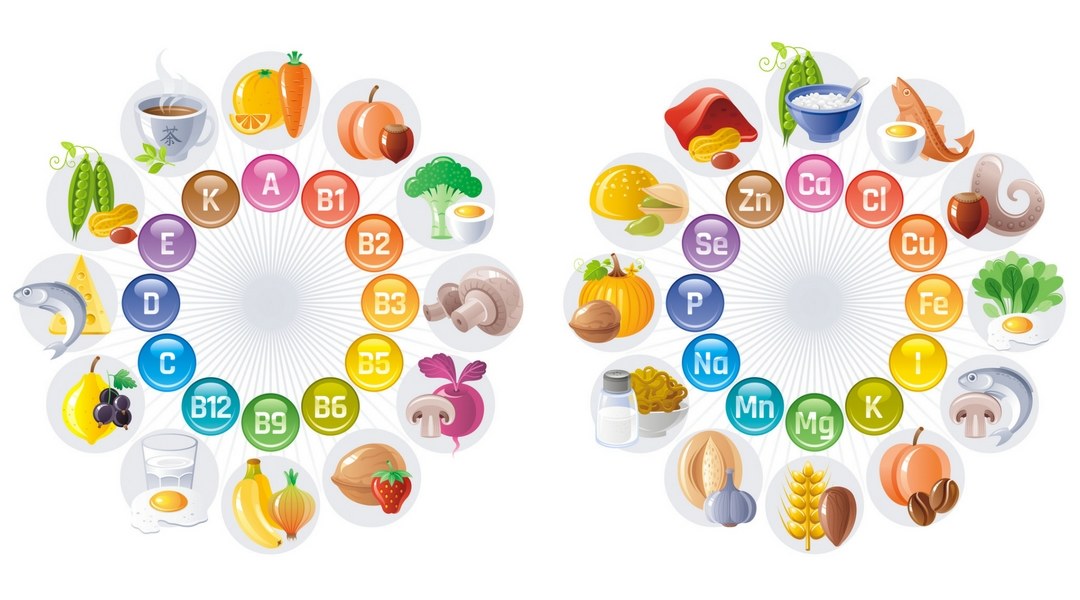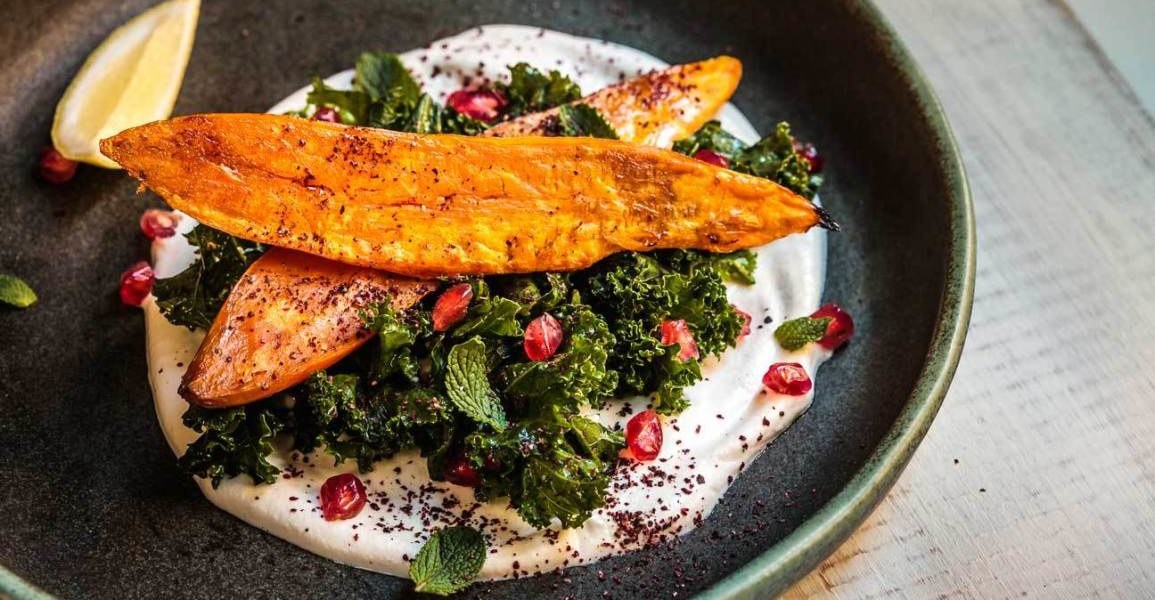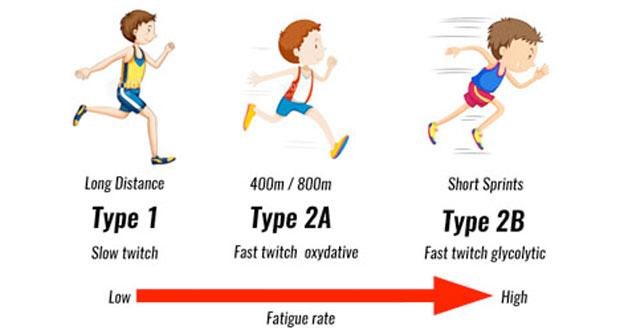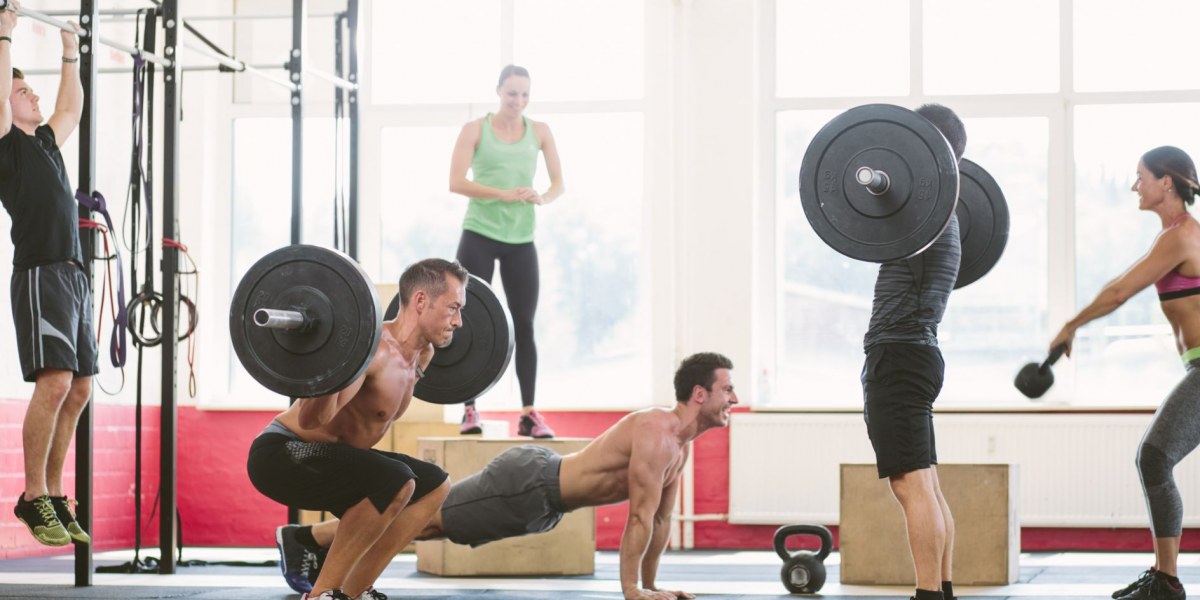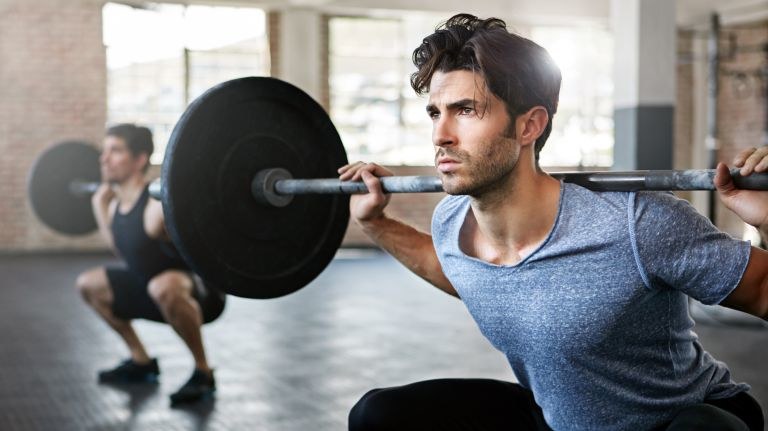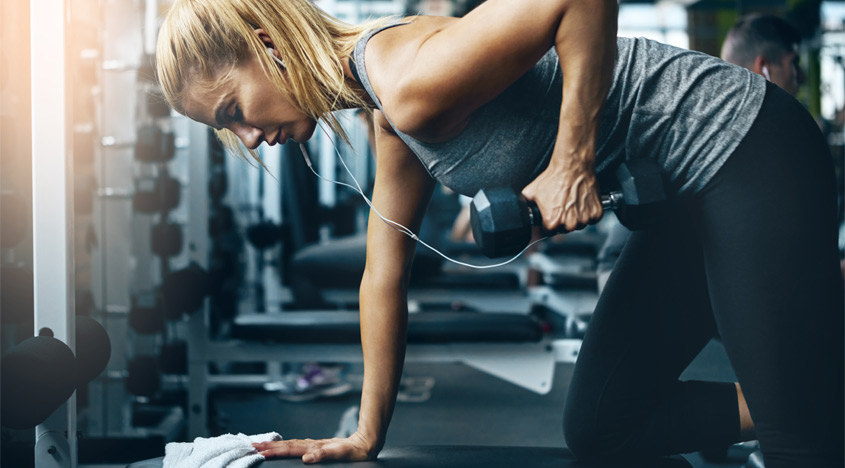There are 13 vitamins identified as essential: vitamins A, C, D, E, K, and 8 B vitamins. This means they are vital along with the essential minerals in maintaining YOU. Repair, Reproduction, Growth, Energy etc
Vitamins help in maintaining healthy eyes and skin, acting as antioxidants to protect your cells from damage. Reproduction & growth, strong bones and normal blood clotting.
Our essential vitamins are found in foods from grains, vegetables, fruits, dairy products, meats and the whole range of beans. By eating a variety of nutrient-dense foods you will have a vitamin-rich diet.
Fat-Soluble vitamins
These vitamins are A, D, E, and K. They are available in foods containing fats. The body assimilates these vitamins as it does dietary fats. They don’t break down in the water.
Vitamin A
Supporting physiological functions through the body, including:
- Vision
- Bone health
- Immune system
- Blood clotting
Dietary sources
Individuals can acquire vitamin A through dietary sources.
Animal sources give preformed vitamin A or Retinol. These are prepared for the body to use.
Thus, arrangements of repairs regularly show vitamin A substance as “vitamin A RAE.” RAE signifies “retinol movement reciprocals.”
Animal’s with high levels of these vitamins include:
- Fish liver oil
- Hamburger liver
- Cheese, milk, and other dairy items
Good sources of beta carotene include:
- Yam
- Kale, spinach, and other green, verdant vegetables
- Carrots
- Melon
- Dark coloured peas
- Certain cereal grains
Vitamin D
Individuals get vitamin D:
- Normally through exposure to daylight as well as in the diet
- Through natural foods
- As supplements, if you feel you are lacking from your normal regime
Function
Vitamin D has two fundamental jobs in the body:
- It keeps up bone strength by promoting calcium uptake.
- It boosts body system support by creating calcium serum in the blood so it can be transported.
Dietary sources
An individual can get some vitamin D from the sun, yet the majority of us need to utilize different sources, as well. The basic option is food.
Dietary sources include:
- Oily fish and fish oils
- Dairy foods, plant-based milks, and oats
- Meat liver
- Eggs
Vitamin E
Vitamin E is a cancer prevention agent that can enable the body to decimate free radicals. Free radicals are destructive particles that can cause damage to the normally smooth cell walls. Oxidative pressure can prompt cell harm, and this can bring about damage leading to different illnesses. Vitamin E may help shield the body from a scope of medical problems.
Function
A few reasons why the body needs vitamin E are:
- as a cancer prevention agent
- to help the immune system
- to widen veins and help slow thickening
Dietary sources `
Great sources of vitamin E include:
- wheat germ oil
- sunflower seeds and oil
- almonds, hazelnuts, and peanuts
- spinach and broccoli
- kiwi
- products that originate from the soil
Vitamin K
Vitamin K enables the body’s clotting function. Blood thickening is essential to our survival.
Functions
Aside from blood coagulating, vitamin K may likewise:
- reduce the danger of coronary illness
- improve bone wellbeing
- reduce excess amounts of calcium in the blood
Dietary sources
Food sources of vitamin K-1 and K-2 include:
- kale
- liver
- spinach
- parsley
- spread
- egg yolks
The Water-Soluble Vitamins C and B
Vitamin B
B vitamins are significant for ensuring the body’s brain function, energy levels and cell metabolism. They help the body convert food into energy (digestion), make fresh blood cells, and keep up healthy skin cells, synapses, and other body tissues.
Vitamin C
Job and Function
Bolsters numerous basic body functions, including:
Cell reinforcement: Your body utilizes cancer prevention agents to protect itself against oxidative pressure. Vitamin C is one of its most significant immune support vitamins and has been linked as a significant vitamin to support the body in its fight against cancer.
Collagen development: Without vitamin C, the body can’t combine collagen, the primary protein in connective tissue. Therefore, deficiencies have a negative effecton your skin, ligaments, tendons and bones
Resistant capacity: Immune cells contain significant levels of vitamin C. During contamination/infection, its levels are immediately drained.
Dietary Sources
- The primary dietary sources of vitamin C are products grown from the ground.
- Cooked animal-sourced foods contain essentially no vitamin C, yet low amounts can be found in raw liver, eggs, fish roe, meat and fish
Vitamins and minerals are synergistic in maintaining our body’s function, along with the Protein, Fats, Simple carbohydrates and Complex carbohydrates. With the correct balance of all of these, we are well supported, a deficiency in any of them will be detrimental to our health.
As with the 13 essential vitamins, there are essential minerals, there are said to be 16 these are:
Calcium, Chloride, Chromium, Copper, Floride, Iodine, Iron, Magnesium, Manganese, Molybdenum, Phosphorus, Potassium, Selenium, Sodium, Sulfur and Zinc.
Minerals are essential in maintaining blood pressure, hydration & electrolyte balance, as well as bone health; making new cells; delivering oxygen to cells; and contributing to normal muscle and nerve functioning. Minerals are obtained from foods, with specific minerals being found only in certain foods. By eating a variety of nutrient-dense foods from the 5 food groups, you will have a mineral-rich diet.
Two minerals of particular importance are calcium and iron. Unfortunately, in so many of our diets, we do not enough iron or calcium. Calcium is required for the foundation of strong bones and teeth. Calcium levels throughout life are essential for the maintenance of bone density to prevent osteoporosis (where bones lose Calcium their matrix becomes compromised and this can lead to bones that can fracture easily). Calcium is found mostly in the milk group – milk, cheese, and yoghurt. Some food manufacturers add Calcium in their production process; therefore, calcium-fortified juices and cereals also provide ample amounts of calcium. Smaller amounts of calcium can be found in tofu, greens, and legumes.
Minerals deficiency
The world moves at a rushed pace nowadays. In the event that you have a feeling that you’re continually running on the edge, you’re not the only one. Many people say that they simply don’t have the energy they need to function. Once in a while, the reason for tiredness is self-evident — for instance, getting over a cold or other illness, or not getting enough rest. Vitamin deficiency may be the root cause. It may be best to request your doctorto check a couple of vitamin levels, for example, the three we’ve recorded below.
Veganism has become more popular as more people have taken to this way of eating for its reputed medical advantages and morals surrounding animal welfare. It has not become a valid concern for everyone yet. Though the vegan diet has a growing following among athletes and bodybuilders.
Be wary of reducing fats, as with all dietary things it’s not that simple. Fats will store when the body has excess blood sugars, however, the starchy carbohydrates tend to be the trigger for the insulin release that stores the fats or excess carbs. There are essential fats, and essential vitamins and minerals, and essential protiens provided by complex carbs and fats, but there are no essential simple carbs.
Bodybuilding focuses on building your body’s muscles through weight-lifting and tailored nutrition.
Though very low-fat diets can help to strip last small amounts of body fat to show of the muscle definition, and avoidance of processed non-natural fats is a good idea anyway, long term low-fat diets can strip the body or essential fats and stop the intake of fat-soluble vitamins and minerals causing long term damage and deprive the body of nutrients essential to body repair and maintenance. So long-term low-fat diets can be counterproductive to a healthy body and the process of muscle development.
Whether recreational or competitive, bodybuilding is often referred to as a lifestyle, as it involves both the time you spend in and outside the gym.
In order to maximize your results from the gym, you must focus on your diet, as eating the wrong foods can be detrimental to your bodybuilding goals.
A few muscle heads are so precise with the eating regimens that they heft around scales to gauge their food. That is the means by which significant nourishment is for weight training. Arranging out your meals ahead of time with the assistance of a calorie counter removes a portion of the mystery from eating, which is significant in case you’re following a restricted eating regimen like the low-carbohydrate ketogenic diet.
Though a low carb diet can be beneficial, put into perspective that carbs are the best quick fuel source, and can be the energy required to do a good workout. However unburned fuel raises blood sugar levels and triggers insulin release in most people not already naturally lean. That is the trigger to conversion and storage of the excess as fat.
Carbohydrates range from simple starch to complex carbohydrates, so also key is putting the Carbohydrates on a scale of simple starchy carbs like refined sugar, four, rice, potato. Coming lower on the list are the fruits and vegetables that are fructose sugars which though still high on the list are better than refined sugars and add fibre, vitamins and minerals that are essential to us. As the plant based foods head down the scale towards green leafy vegetables they become more complex, providing higher vitamin and mineral levels as well as fibre some also provide healthy oils. The glycaemic index is a good reference, and the plant foods in the lower ranges are more complex carbohydrates slower to raise blood sugars and less likely to cause insulin release which will trigger fat storage.
Protein manufactures your body. It makes muscle. It controls hunger. It’s a success win! Regardless of whether your objective is weight reduction or muscle building, eating enough protein is vital, yet so is an assortment, since every sort has its own amino corrosive profile. Go past chicken and protein powder with these incredible high-protein foods.
Normal 0 false false false EN-GB X-NONE X-NONE
Skeletal muscle is comprised of packs of individual muscle fibres called
myocytes. Each myocyte contains numerous myofibrils, which are strands of
proteins (actin and myosin) that can take hold of one another and pull, similar
action to the inner and outer part of a piston. This shortens the muscle and
causes muscle contraction.
It is commonly acknowledged that muscle fibre types can be separated into
two primary sorts: slow twitch (type I) muscle fibres and fast twitch (type
II) muscle fibres.1 fast twitch fibres can be additionally arranged into
type 2a and type 2b fibres .
Slow Twitch Muscle Fibres (Type I)
The slow twitch muscle fibres are efficient when utilizing oxygen (aerobic) to use the
fuel adenosine triphosphate (ATP) for sustained energy and increased number of
muscle contractions over quite a while. They fire more gradually than fast twitch
strands and can go for quite a while before they fatigue. Consequently, slow twitch
fibres are used for endurance / repetitive contractions like competitors who run
long-distance races and bike for hours.
Fast Twitch Muscle Fibres (Type 2)
Since fast twitch strands work anaerobically (without oxygen) to use adenosine
triphosphate (ATP) fuel, they are better at producing short bursts of movement or
speed than slow twitch fibres. In any case, they fatigue more rapidly. Fast twitch
strands for the most part produce a similar level of power per contraction as slow
twitch fibres, however, they get their name since they can fire more quickly.
Having faster twitch strands can be an advantage for a runner since there is a need
to rapidly create a high force.
FastTwitch Muscle Fibres (Type 2a)
These fast twitch muscle fibres are otherwise called middle of the road fast
twitch strands. They can utilize both high-impact and anaerobic digestion
similarly to make energy. Along these lines, they are a mix of type I and
type II muscle strands.
Fast Twitch Muscle Fibres (Type 2b)
These fast twitch strands work anaerobically to produce contraction and
are the muscle fibres that produce higher power
per contraction creating quick, amazing explosions of speed. This muscle fibre
has the most elevated speed of contraction (quick terminating) of all the muscle
fibre types, yet it likewise has a quicker point of fatigue and can’t keep
going as well before it needs rest.
Training of muscles
When you’re training with loads including resistance of movement, you will likely
recruit as many fibres as could reasonably be expected within the muscle.
Training the body to more effectively recruit its muscle fibres reflects in more
prominent gains in quality and muscle mass.
In the event that your strands in a specific muscle comprise principally of
slow twitch fibres, so as to recruit the most muscle fibres, you’ll have to train that
muscle with higher reps, shorter rest periods and higher volume. This is on the
grounds that they take more time to fatigue, they recover rapidly and they require
more training to improve significantly.
Conversely, slow twitch muscle fibres are limited in their potential
for development so regardless of whether a muscle bunch is a fundamentally
slow twitch, you should incorporate some lower rep training to improve the fast
twitch strands you have in that muscle.
A superset is a type of strength training in which you move rapidly from one exercise to a different exercise without taking a break to rest in the middle of the two activities. Regularly, you will enjoy a short reprieve to slow down or snatch a beverage of water between sets of activities. This likewise gives time for the muscles to recoup. Be that as it may, while doing supersets you move starting with one set then onto the next without a break.
There are two principle manners by which supersets can be performed. These two different ways are very extraordinary, and in this way, the outcomes got from them shift incredibly. The two fundamental sorts of supersets are restricting muscle bunch supersets and the same muscle bunch supersets.
The framework doesn’t change and it adjusts effectively to whatever obstruction you’re utilizing. Initially, I concocted this method to permit me to take practices where I could do a LOT of reps (like push-ups) and transform them into compelling mass-developers. In the wake of utilizing it for that, I understood it was a fantastic method to prepare with free weight and machines too. The ideas remain precisely the equivalent.
Size and Nothing But Size
Let us accept for a second that the training center is completely around development, and not under any condition on strength. All things considered, your fixation ought to be on the higher rep ranges: sets of 10-12, 12-15, or even as high as 20 are on the menu. With respect to the number of sets: well, that will be controlled by the number of activities you for a specific body part.

